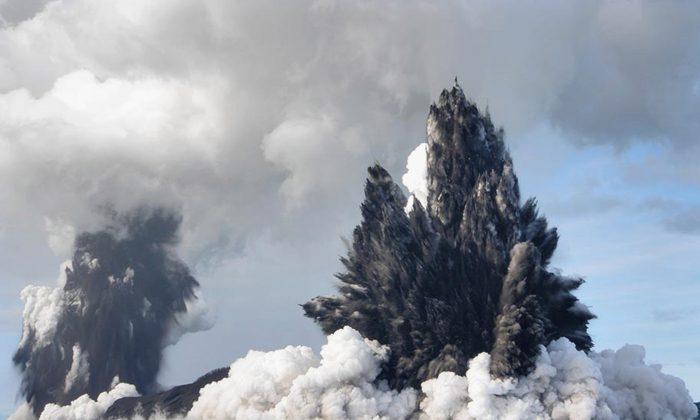The Home Reef volcano in the Central Tonga Islands began to erupt on Sept. 10, oozing lava, emitting steam and ash, and discoloring the surrounding water. NASA stated that the new island was formed 11 hours later.
On Sept. 14, Tonga Geological Services estimated that the island was 4,000 square meters (equivalent to one acre) and 10 meters above sea level. It grew to 24,000 square meters (six acres) six days later, according to NASA.
The agency reported that Home Reef has seen four eruptions, including events in 1852, 1857, and 1984, which resulted in the formation of new islands each time.
Islands formed by undersea volcanoes are often short-lived, although sometimes they persist for years, according to NASA.
“An island created by a 12-day eruption from nearby Late’iki volcano in 2020 washed away after two months, while an earlier island created in 1995 by the same volcano remained for 25 years,” the agency stated.
The new island is located northeast of Hunga Tonga-Hunga Ha'apai, while Home Reef sits within “an area where three tectonic plates are colliding at the fastest converging boundary in the world.”
According to Tonga Geological Services, the new island expanded to 8.6 acres and 49 feet above sea level as of Sept. 19, with volcanic activities at Home Reef seamount continuing on the 16th day.
The geological agency stated on Sept. 26 that there were 13 eruptions of the Home Reef volcano in the previous 24 hours, but noted that they posed a low risk to the local communities in Vava‘u and Ha’apai islands.





